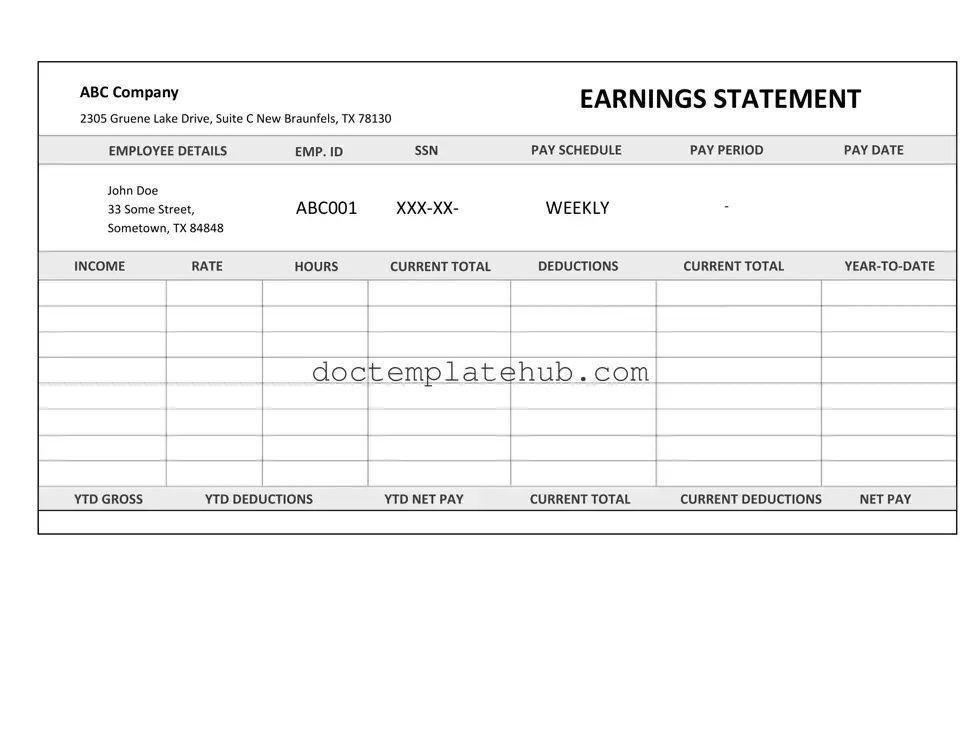What is an Independent Contractor Pay Stub?
An Independent Contractor Pay Stub is a document that outlines the earnings and deductions for a contractor during a specific pay period. It serves as a record of payment and can be useful for tax purposes and personal financial tracking.
Who needs to use an Independent Contractor Pay Stub?
This form is essential for independent contractors who receive payment for their services. It helps them keep track of their income and any deductions that may apply, such as taxes or fees.
What information is included on the pay stub?
The pay stub typically includes the contractor's name, the pay period, total earnings, any deductions, and the net pay. It may also include the payer's information and a breakdown of hours worked or services rendered.
How can I obtain an Independent Contractor Pay Stub?
Is it necessary to provide a pay stub to clients?
While it is not legally required to provide a pay stub to clients, doing so can enhance professionalism and transparency. It helps clients understand the payment details and can prevent disputes regarding payment amounts.
How do I handle taxes as an independent contractor?
Independent contractors are responsible for reporting their income and paying taxes on it. The pay stub can help in tracking earnings, but contractors should also keep accurate records of all income and expenses for tax filing purposes.
Can I use a pay stub for loan applications?
Yes, many lenders accept pay stubs as proof of income for loan applications. However, it is advisable to check with the specific lender to ensure they accept independent contractor pay stubs as valid documentation.
What if I notice an error on my pay stub?
If there is an error on your pay stub, it is important to address it promptly. Contact the payer to discuss the discrepancy and request a corrected pay stub. Keeping clear records will help facilitate this process.
Are there any legal requirements for independent contractors regarding pay stubs?
There are no federal laws mandating that independent contractors receive pay stubs. However, some states may have specific regulations requiring documentation of payments. It’s important to be aware of local laws that may apply.
Can I create my own pay stub template?
Yes, you can create your own pay stub template. Ensure that it includes all necessary information, such as your name, pay period, earnings, deductions, and net pay. Various online resources provide templates that can be customized to suit your needs.
